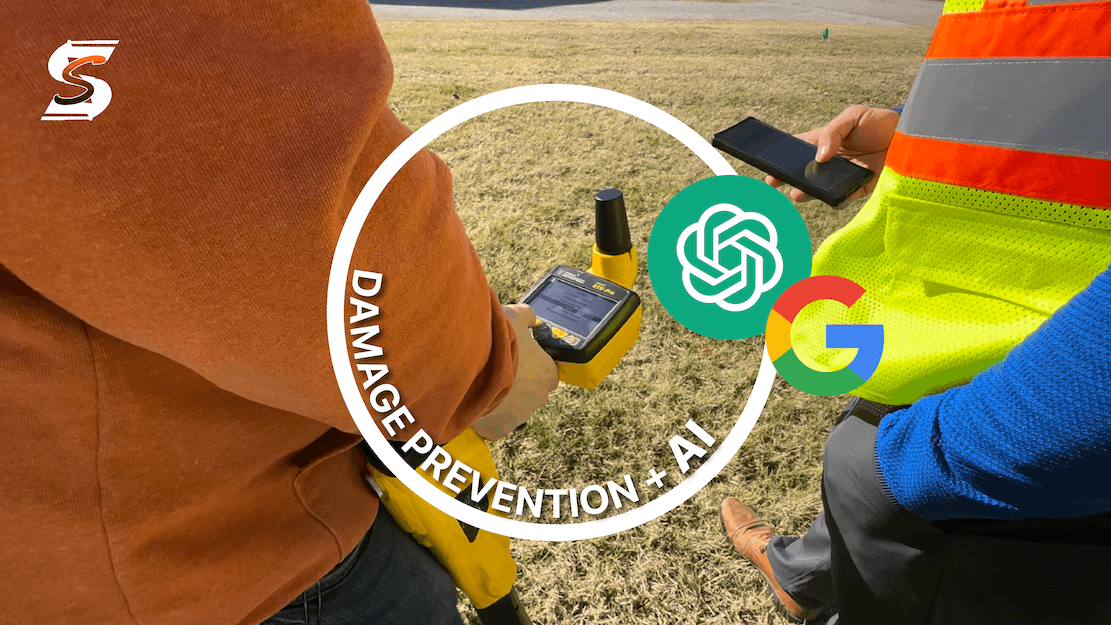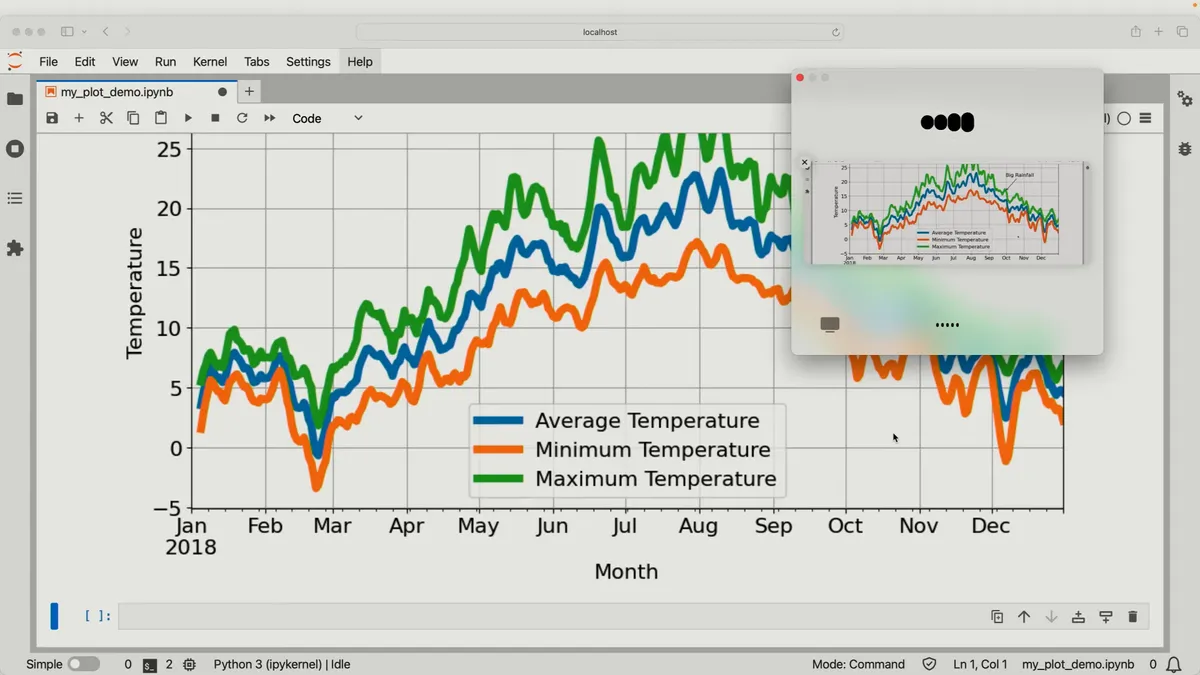
This past week has seen some big announcements from OpenAI and Google concerning new AI tools that they’re launching. I’ve discussed AI a number of times before and I’ll keep bringing it up because it’s the direction that technolgy is heading and thus the direction we as an industry will follow. As technology evolves, so do the tools at our disposal to ensure the safety and reliability of utility services. Recent advancements in artificial intelligence (AI), particularly those announced by OpenAI and at Google I/O, offer groundbreaking opportunities to enhance damage prevention processes. This article explores these new AI releases and their potential to revolutionize utility damage prevention.
Recent AI Announcements from OpenAI and Google I/O
OpenAI’s Innovations
OpenAI has introduced significant enhancements to its AI models, particularly with the latest iteration, GPT-4o. “Multimodal by design, GPT-4o was rebuilt and retrained from scratch by OpenAI to understand speech-to-speech as well as other forms of input and output without first converting them to text.” This new version boasts improved language understanding and generation capabilities, realtime web access, alongside enhanced image recognition and analysis. These advancements are pivotal in enabling more accurate and insightful data processing, which is essential for damage prevention.
Additionally, OpenAI has made strides in data analysis tools. These tools are designed to perform advanced data mining and pattern recognition, enabling organizations to extract valuable insights from large datasets quickly and efficiently.
Potential Uses:
-
Data Analysis and Reporting: Whether you’re running reports on your locators or analyzing historical data GPT-4o could be a gamechanger. “GPT-4o on ChatGPT can generate full blown charts and statistical analysis from spreadsheets with a single prompt in less than 30 seconds. This stuff used to take ages in Excel.”
-
Transcription of historical data and sheets: Wouldn’t it be great to have a full digitized library of all your data and have it stored within your ticket management system for data analysis? Yeah but who’s got time for that? Well “GPT-4o is truly remarkable on handwriting. I gave it the following letter and asked it for a transcription. A couple of very minor errors…amazing!” Maybe in time we could use this to digitize maps and read historical as-builts etc too.
-
Image Analysis: Almost every locator I know takes photos and quite a lot of them. GPT-4o has the ability to analyze images and can suggest advice or be consulted. For example you could ask GPT-4o advice on how to mark a certain area or to spot differences. This could be used on historical data too, in order to spot trends or be used in a damage investigation. Really interesting technology and you can use their app to circle the specific part you’re inquiring about.
-
Realtime Analysis: According to TomsGuide, “The vision capabilities of the ChatGPT Desktop app seem to include the ability to view the desktop. During the demo it was able to look at a graph and provide real feedback and information.” In theory you could run your dispatching from the office and have real time analysis from GPT-4o to help correct any mistakes and suggest optimizations. “It was also able to describe what it is seeing, including spotting any potential issues.” Just take a look at this image below provided by OpenAI:

Highlights from Google I/O
The Google I/O conference was almost upstaged by all of the news coming out of OpenAI but I think they had enough depth to truly make an impact. Google unveiled several AI-powered visual tools and predictive analysis models. Enhanced versions of Google Lens now offer superior image recognition and context understanding, making it easier to analyze visual data. Furthermore, Google introduced new AI models for video analysis and scene understanding, which are crucial for monitoring and assessing utility infrastructure.
Google also showcased improved machine learning frameworks designed for predictive analytics. These frameworks enable more accurate forecasting and risk assessment, which are vital for preemptively addressing potential utility damages.
Potential Uses
-
Realtime AR/AI assistance: Google's Project Astra is a groundbreaking initiative that leverages advanced AI, machine learning, and augmented reality (AR) to provide assistance. It's basically Siri on steroids. Check out this video of it being used to explain simple and complex things including code in layman's terms. I think this would be super handy for new locators to get up to speed and learn about underground infrastructure. It might become a clutch but that's a different issue.
-
Ask Photos: Now you can ask Google's photos to find an event or ask for a licence plate. Which makes disorganized photo albums easily searchable. Within a locate ticket management system like Utilocate, your images should already be organized and geo-tagged, but I don't know of any system which allows you to view images from all different users and tickets in one place. In theory, Google's Ask Photo's would be a nice way to allow users to search that data and use it for historical risk analysis or damage investigations without creating a mega library which would be hard to manage.
Conclusion
The advancements in AI technology from OpenAI and Google present immense potential for utility damage prevention. By leveraging these tools, utility companies can enhance their ability to analyze historical data, predict future risks, determine fault in incidents, and perform real-time monitoring and maintenance. As AI continues to evolve, its applications in utility management will only grow, offering new ways to ensure the safety and efficiency of our critical infrastructure. Embracing these innovations will be key to advancing the field of utility damage prevention and achieving greater operational excellence.
However, it's also important to recognize the value of smaller, specialized AI models (SLMs) which can sometimes offer more tailored and efficient solutions for specific industry needs. While the contributions of major players like OpenAI and Google are invaluable, developing AI technology specifically for the utility sector is essential. The unique challenges and critical importance of utility management warrant dedicated investment and innovation. By fostering industry-specific AI development like Urbint and Exodigo, we can achieve even greater advancements, ensuring our infrastructure remains safe, reliable, and resilient.
Share this Post











